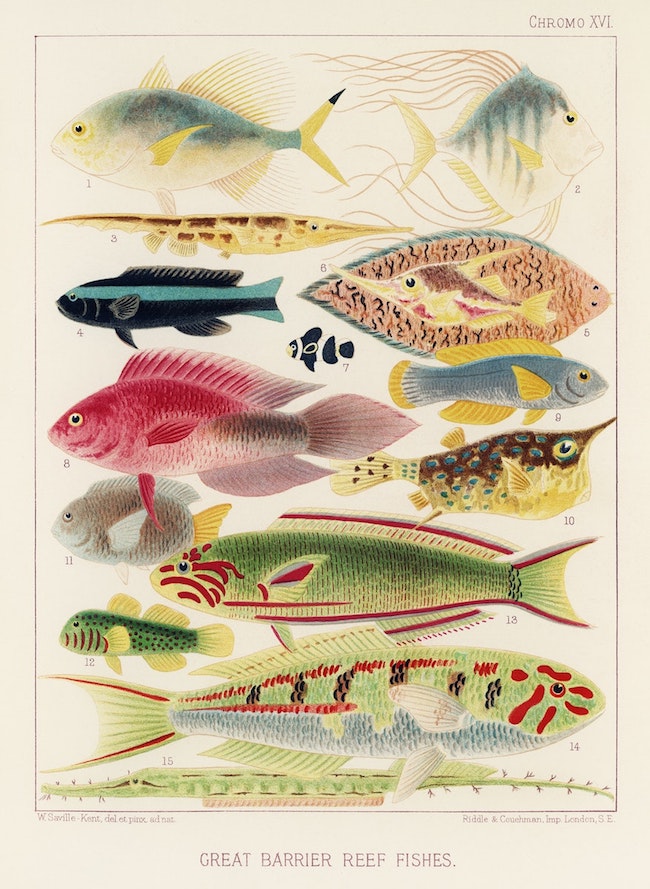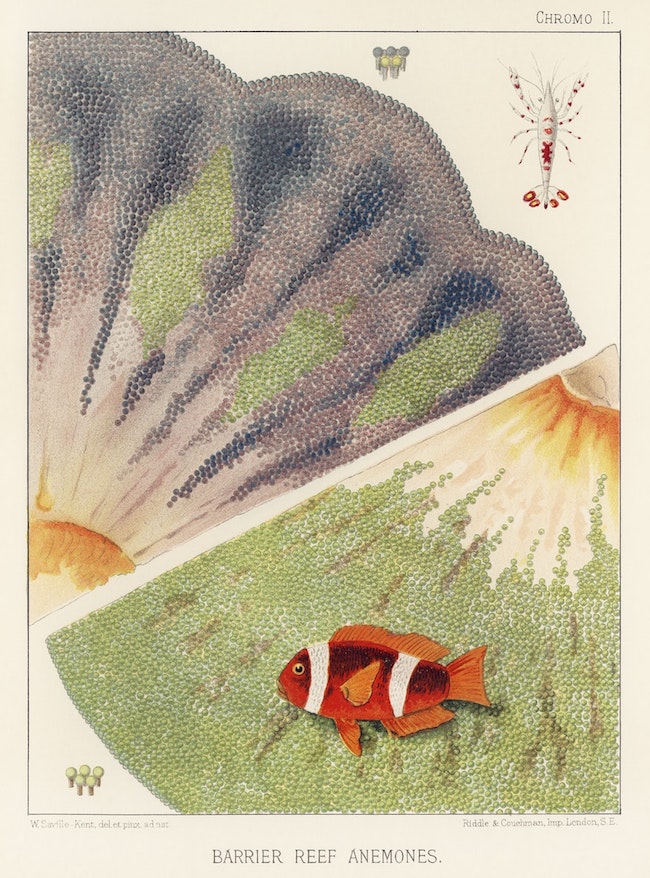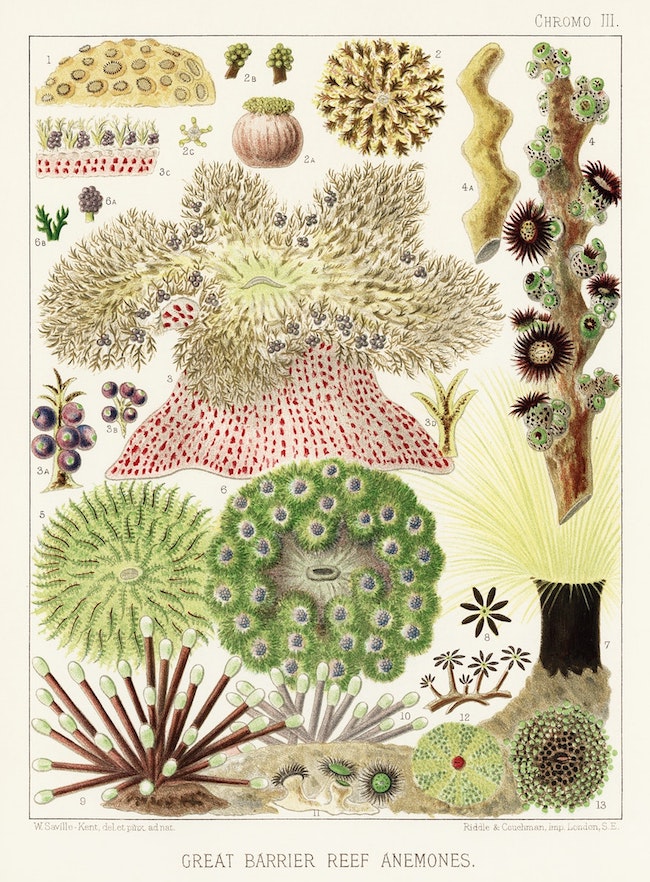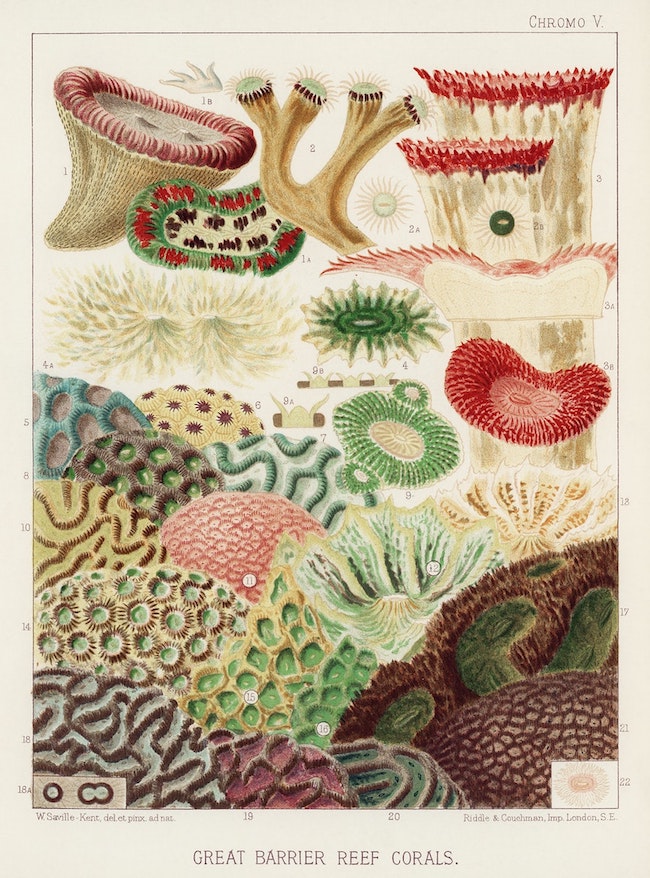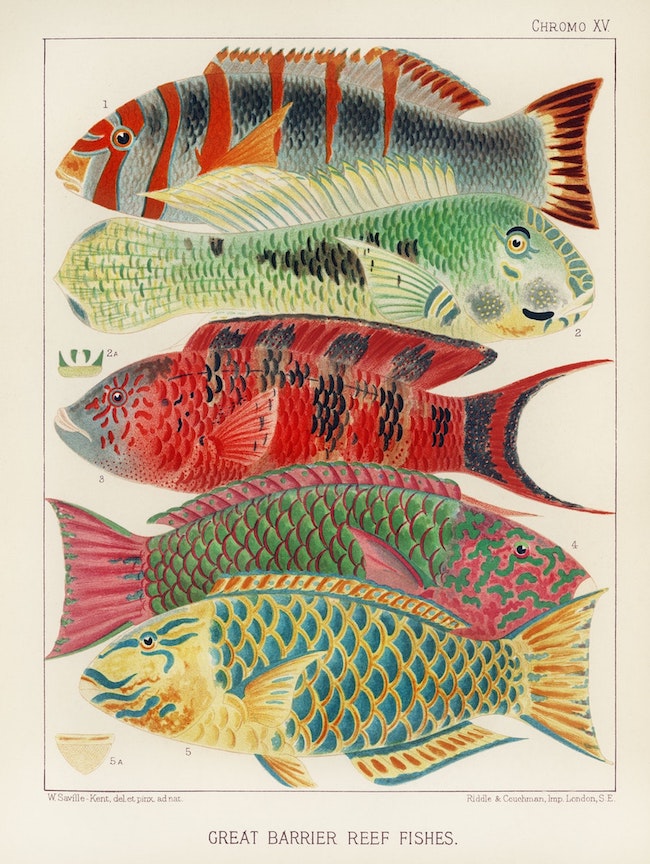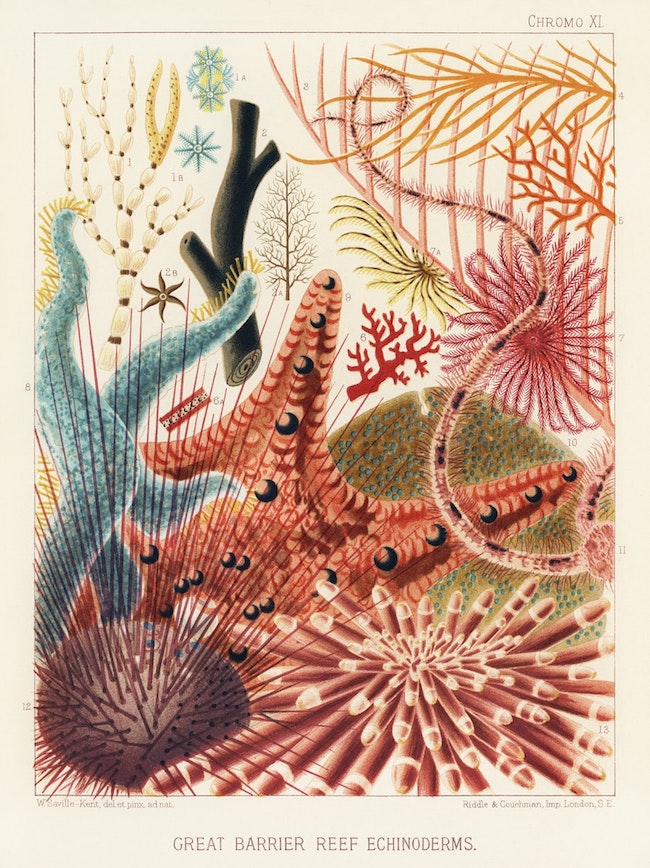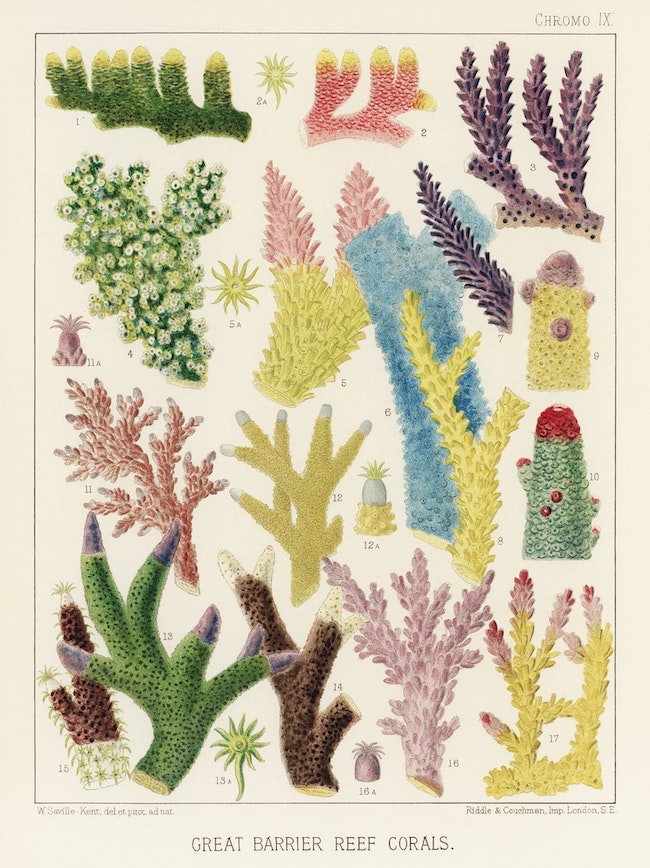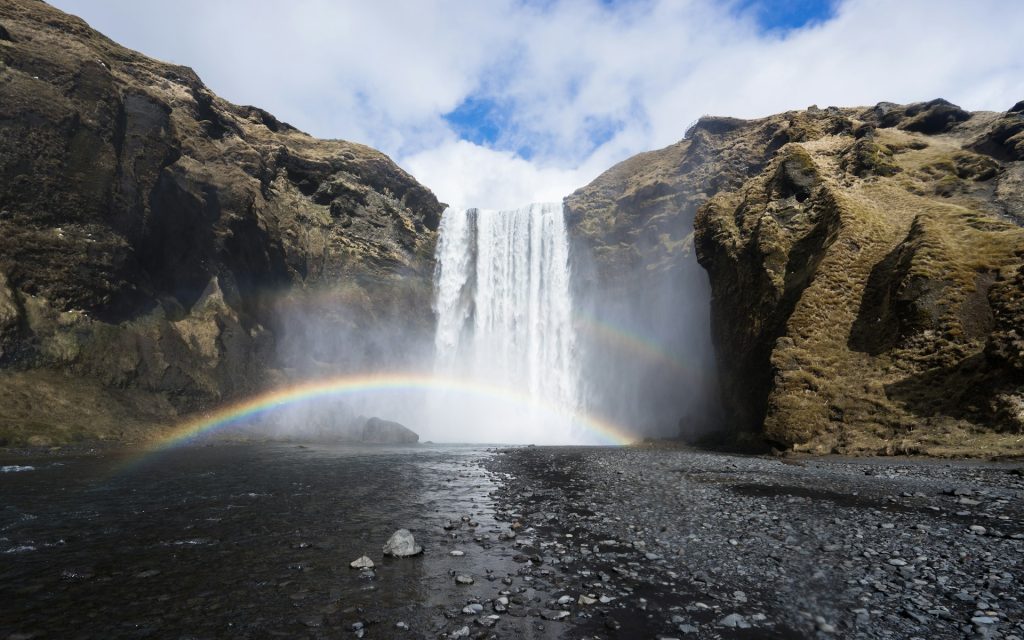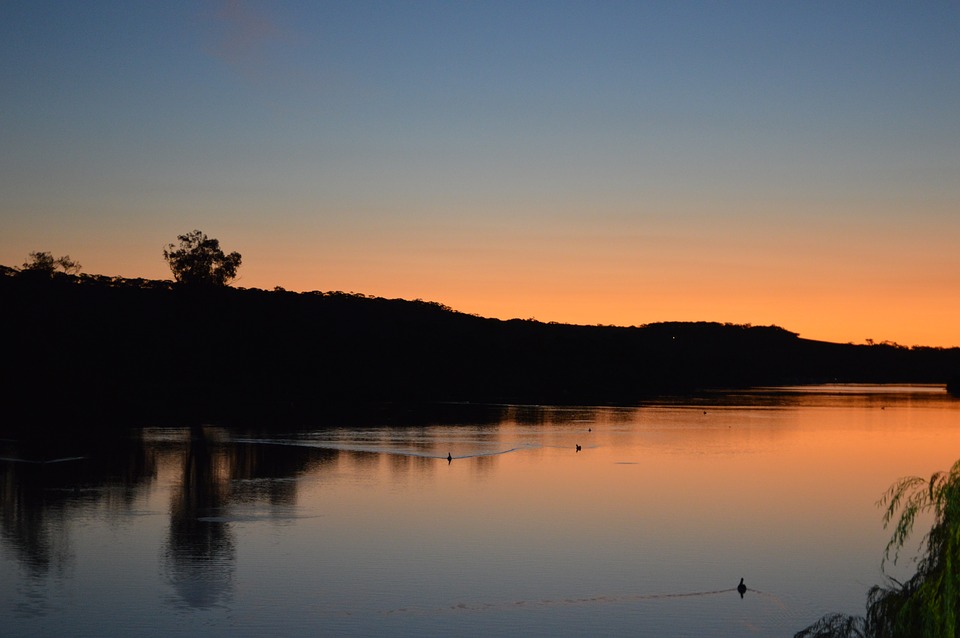Bringing Reefs Back to Life
Two years ago, an “obituary” for the Great Barrier Reef flew across the Internet like grapeshot fired from a cannon. But the pronouncement was premature. Coral reefs are indeed dying, but they are not yet dead. Witness textbook hyperbole: “The Great Barrier Reef was predeceased by the South Pacific’s Coral Triangle, the Florida Reef off the Florida Keys, and most other coral reefs on earth. It is survived by the remnants of the Belize Barrier Reef and some deepwater corals.” Roughly 30% of the northern Great Barrier Reef suffered severe bleaching from spikes in ocean temperatures this year and coral cover in the Caribbean has declined up to 80% since the 1970s. And based on the last IPCC projections, we’re on track to lose over 90% of the world’s reefs by 2050. There’s no doubt the world’s reefs are at grave risk, but it’s not yet time to lose hope or deal in falsehoods.
As someone who’s dedicating my life to preserving coral reefs through my venture Coral Vita, I appreciate how seriously pollution, overfishing, and warming & acidifying oceans threaten their health. But for the average reader, who likely may not possess even a passing awareness of what’s happening to our world’s reefs, this story risks becoming accepted fact. That’s exactly why the article went viral, and why a host of coral scientists stepped out to vociferously condemn the dangers of Rowan Jacobsen’s piece.
Russell Brainard, chief of NOAA’s Coral Reef Ecosystem Program told the Huffington Post he fears Jacobsen reinforces a popular sentiment that “If there’s nothing that can be done, let’s not do anything and move onto other issues.” And that’s not just some heedless anxiety: dozens of people asked me if the Great Barrier Reef is really dead in the days following the obituary’s trending Internet status. I can only imagine what beliefs countless readers now hold about the fate of coral reefs.
A Dying Reef
So what can be done? In my view, there are three general courses of action: stop killing reefs, actively restore reef health, and instill hope in people that we can make things better.
Stopping reefs from dying is the most obvious and important strategy, but also the most challenging and time-consuming. Mitigating risks is always the smart choice. Why pay an excessive financial, social, and environmental price after the damage is done rather than spending less up front to prevent the pain from occurring? It seems like a no-brainer. But how bullish are you feeling about betting on governments and private industry to enact policies to stop overfishing, excess coastal development, and pollution while implementing a strong & sufficient greenhouse gas emissions reduction treaty?
I’m an optimistic guy, but I’m also a realist. And even if the best-case mitigation scenario went live, the lag time before positive effects are felt in the oceans would still not be fast enough to prevent mass coral die-off. This is not an argument against mitigation – it remains an absolute necessity. But it’s also an acknowledgement that simultaneous strategies must be pursued.
This brings us to adaptation, and the field where I work: coral reef restoration. I launched Coral Vita with my friend Gator Halpern in order to provide a scalable means to enact large-scale restoration. And we hope that by growing climate change resilient corals en masse, we can not only help preserve reef health but also galvanize hope and inspire people to act to meaningfully protect our planet.
Coral Vita is commercializing proven methods of coral farming that allows us to grow heat- and acidity-tolerant corals up to 50x faster. This translates into corals that are better prepared to survive climate changed-oceans and that can reach mature sizes in months rather than decades. These methods – assisted evolution and microfragmenting – were developed by two of the world’s leading reef scientists and Coral Vita advisors – Dr. Ruth Gates of the University of Hawaii and Dr. David Vaughan of the Mote Marine Lab. After growing native corals in our land-based farms (6-12 month cycles depending on species), we than transplant them into reefs to help revitalize their health and ecosystem services. As noted in a Science News article, by “testing an arsenal of options to rescue a diversity of underwater communities…[restoration] could be a quick and affordable way to help severely damaged reefs bounce back.”
Coral Vita believes that selling restoration to clients – such as governments, hotels, fishing associations, and the re-insurance industry – that depend on the $30B annual tourism, fisheries, and coastal protection benefits of reefs will help inject the needed capital to help fight off global degradation. Our pilot coral farm is a small-scale facility in Freeport, Grand Bahama, built in partnership with the Grand Bahama Port Authority and GB DEVCO. The farm serves three purposes: coral production facility to restore local reefs, education center for local communities, and an eco-tourism attraction with experiential opportunities for guests (e.g. adopting or planting corals, touch tanks, and seeing microfragmenting in action). From there, we plan to operate a large-scale farm that can service an entire nation’s reefs, with the ultimate vision of managing a global network of farms that can help preserve reef health for future generations.
A Thriving Reef
I wouldn’t be dedicating my life to this cause if hope for healthier oceans wasn’t viable. The journey ahead is not easy. The news of dying reefs must serve as an impetus for stakeholders to act to stop killing the reefs that nearly 1B people depend upon to survive. But for those feeling like they are losing hope amidst a sea of sobering and misleading news, search for the term #OceanOptimism on social media to shepherd us all back to the promise of a better world. For impactful solutions are now possible, practical, and affordable, made possible by an incredible global community of practitioners working tirelessly make reefs great again. And when you’re planning your next beach vacation, think about visiting Grand Bahama: the Coral Vita team looks forward to planting corals with you and your friends sometime soon.
Sources: Outside Magazine, Florida Department of Environmental Protection, Science News, Huffington Post
Images from William Saville-Kent’s The Great Barrier Reef of Australia (1893)
In 1884 William Saville-Kent voyaged to Australia and was the first to extensively photograph coral reefs. He was particularly spellbound by the corals, polyps and other lifeforms on the Queensland coast. He hoped his book The Great Barrier Reef of Australia (1893) would increase public awareness of the reef and its origins. Lithographs were created from his original sketches, based on the photos.
The Great Barrier Reef—which, at 1,400 miles long, is the longest and largest coral reef in the world—was blanketed by dangerously hot water in the summers of 2016 and 2017. This heat strangled and starved the corals, causing more than half to perish.





